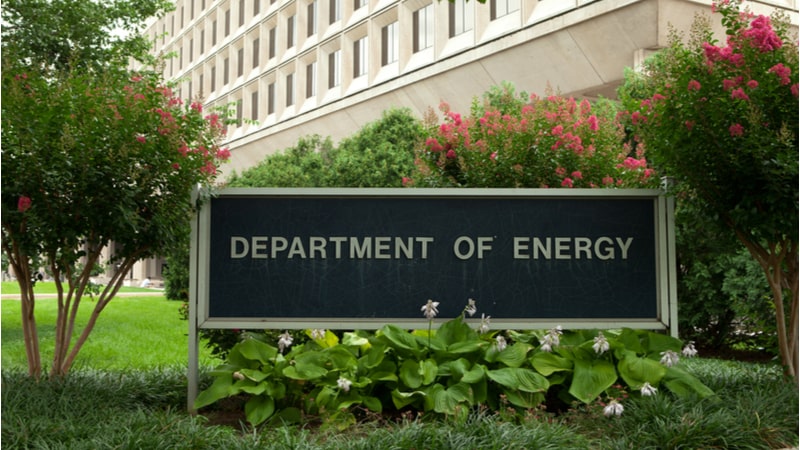
The Department of Energy (DoE) is using artificial intelligence (AI) tech for missions that range from responding to emergencies to planning energy investments and determining the risks of nuclear weapons, the department’s new principal deputy chief information officer (CIO) said on Dec. 18.
Researchers at DoE’s Pacific Northwest National Laboratory have employed AI-based imaging and analytics to assist the Coast Guard with evacuation efforts after fires, said Dawn Zimmer, who assumed the DoE principal deputy CIO post in November. The researchers also use AI for complex forecasting and mapping needed to help plan energy investments, she said.
Elsewhere at DoE, the National Nuclear Security Administration, which manages some of the department’s national laboratories, is “assessing the various ways AI and machine learning could enhance an adversary’s understanding of nuclear threat devices,” Zimmer added.
“The power of technology like AI is evident, and we are poised to witness its impact on a wide range of domains,” said Zimmer, a former Virginia Tech IT executive director who also spent 16 years with the Federal Aviation Administration (FAA).
Yet Zimmer, speaking at the ATARC Public Sector Summit in Reston, Va., also emphasized the need to “harvest (AI’s) potential while ensuring that we mitigate the risks.” DoE is doing that, she said, by partnering with the public and private sectors, along with academia, to better understand the technology.
Zimmer’s focus on both the potential and pitfalls of AI fits with what DoE has said previously. In April, the department released a report on the potential benefits and risks of AI use for critical energy infrastructure. It found that AI has tremendous potential benefit to critical energy infrastructure – including security, reliability, and resilience – but that regularly updated, risk-aware best practice guidance is needed to safely and securely use it.
At the ATARC summit, Zimmer also discussed the Federal technology skills gap, saying that even as AI transforms business opportunities, technology organizations must focus on recruiting talented employees.
“The most cutting edge programs, initiatives and capabilities will be limited if you don’t have a talented group of people to implement and leverage them,” she said. “Our collective challenge is to create a cyber workforce, which means focusing on expanding the talent pipeline and building new career pathways.”
Befitting her academic background, she suggested that government collaborate with academia “to assist in shaping a curricula that will equip future government employees.”
“We need thoughtful cross pollination between people with experience across the private and public sectors,” Zimmer concluded.
